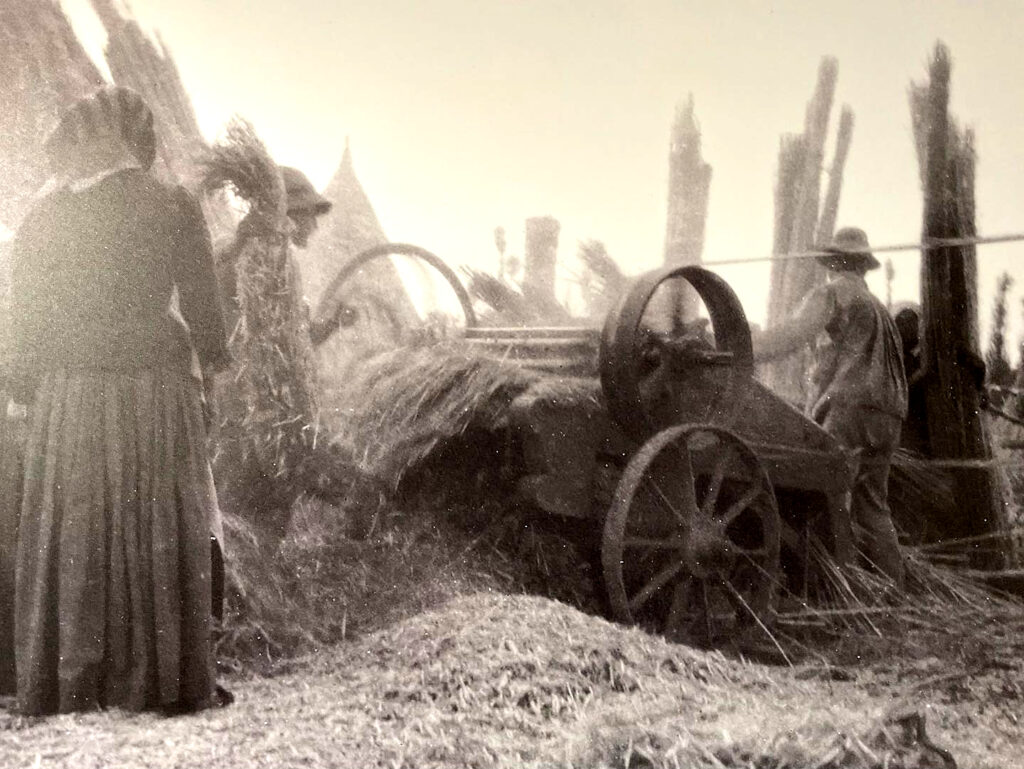
Hemp decortication technology is the process of separating the outer fibrous layer of the hemp plant’s stalk from its inner woody core, known as the hurd (or “shivs” or “shives”). This process is fundamental in the production of hemp fiber, which has been used for centuries to create a variety of products including textiles, paper, and building materials. The history of hemp decortication technology dates back thousands of years, with evidence of its use in ancient civilizations such as China, Egypt, and India.
In China, hemp was an important crop used for making paper, cloth, and rope. The earliest evidence of hemp paper dates back to the 2nd century BCE. Chinese hemp decortication technology involved crushing the stalks with a stone roller to break down the fibers and then scraping off the woody core. This process was labor-intensive and time-consuming, but it allowed for the production of high-quality hemp fiber.
Middle Ages Europe
In Europe, hemp was also an important crop, particularly during the Middle Ages. Hemp fiber was used to make ropes, sails, and clothing. The traditional method of decortication involved soaking the stalks in water to soften the fibers and then beating them with wooden mallets to separate the hurd. This method was also time-consuming and required a lot of physical labor.
In the 19th century, the invention of the decorticator revolutionized the hemp industry. The first decorticator was invented by George Schlichten in Germany in 1835. It was a hand-cranked machine that used rollers to crush the hemp stalks and separate the fibers from the hurd. However, this machine was not widely adopted due to its high cost and limited capacity.
Machines that used a series of rotating knives and rollers to break down the hemp stalks and separate the fibers from the hurd started appearing early in the 20th century. These machines were much more efficient than previous models and some could process up to 2,000 pounds of hemp stalks per hour.
U.S. government built hemp factories
During World War II, the United States government encouraged farmers to grow hemp for use in the war effort. The government even built several hemp processing plants, which used decortication technology to produce hemp fiber for use in textiles, paper, and rope..
Today, there are a variety of hemp decortication technologies available, ranging from simple hand tools to large-scale industrial machines. These machines use a variety of methods to separate the hemp fibers from the hurd, including crushing, grinding, and scutching.
Advances in technology have made hemp decortication faster and more efficient than ever before, allowing for the production of high-quality hemp fiber on a large scale.
